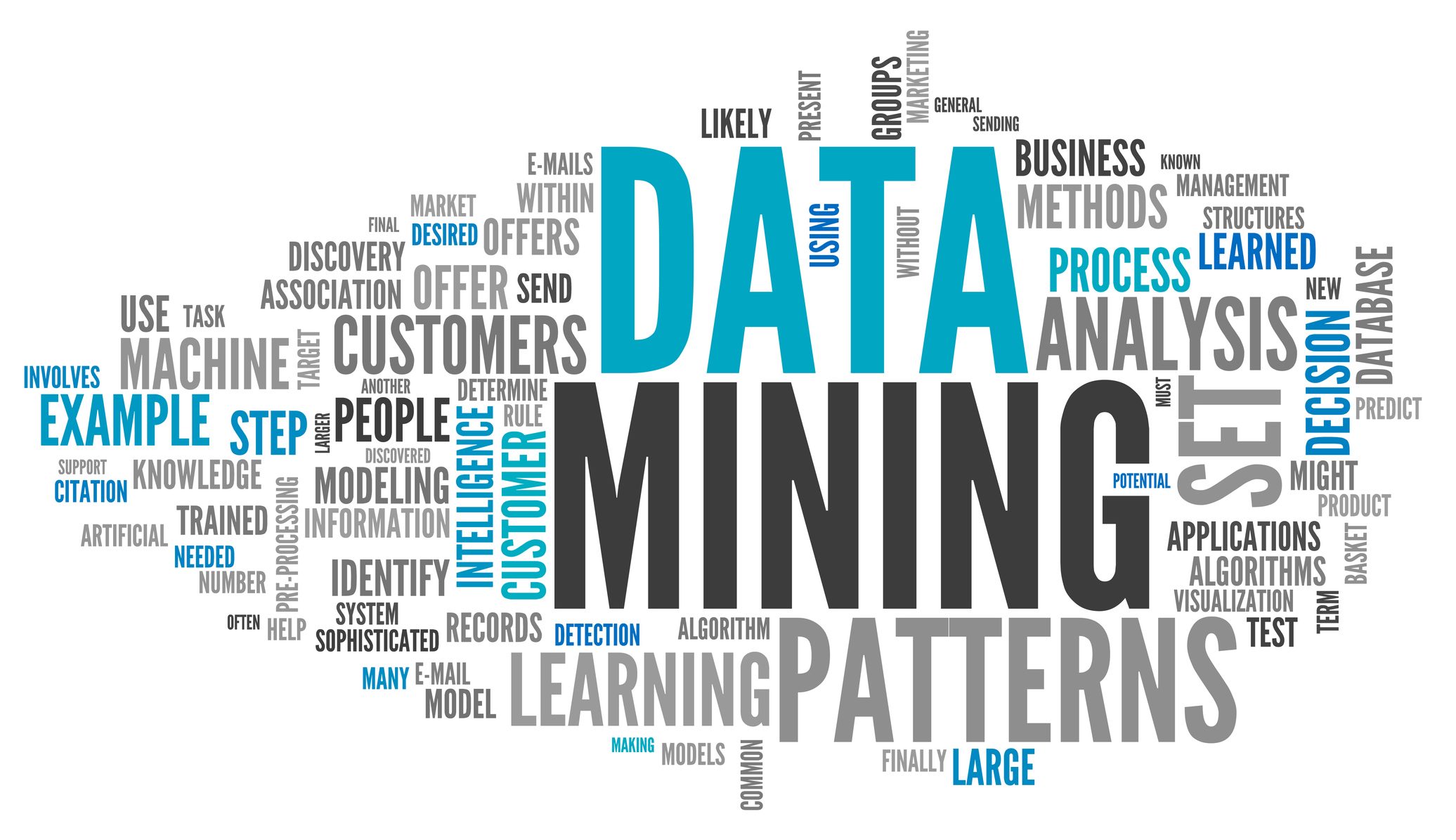I’m fascinated with the power and potential of big data. Technology has enabled us to gather vast amounts of data.
Then what happens?
We analyze it to see patterns and shape predictions that can help us make better business decisions.
Machine learning is an essential complement to big data.
This type of artificial intelligence expedites data analysis, bringing us to conclusions and actions faster than ever before.
Machine learning is nothing new.
Amazon has used it for years, to provide recommendations based on your search habits and purchase history. Facebook suggests “People You Might Know.” But the process has evolved to a higher level of possibility.
How does a machine “learn”?
Computers can now handle more complex calculations to identify patterns. Today’s technology makes it possible for computers to adapt more readily—and independently. Algorithms create a pathway for the computer to build its intelligence.
With the supervised learning method, the algorithm features known data points that the computer uses for analysis. Basically, the system measures its data against these known data points, and narrows its prediction accordingly.
Unsupervised learning is more open-ended. The computer has no historical data. Instead, it is “invited” to explore and look for patterns. This particular type of machine learning method is good for segmenting customer sectors according to buying patterns.
Where can we use these “smarts”?
Post-Apocalyptic movies have been warning us for decades that machines will become smart enough to take over the human race.
What exactly are we teaching machines to do?
- Financial institutions use machine learning to identify possible cases of fraud.
- Law enforcement and government agencies apply machine learning to seek out possible threats to public safety and identity thieves.
- Via wearable technology, hospitals and healthcare providers are gathering real-time, predictive insights that expedite the delivery of patient care.
- Businesses in transportation and logistics rely on the analysis provided by machine learning to predict faster delivery routes, which increases efficiency.
- Retailers build the quality of the shopping experience for their customers by using insights that are gathered and analyzed with machine learning.
We will certainly continue to build more intelligence into computers. Machine learning creates a pathway to more and faster data analysis with minimal human intervention. How far can we go?
Share your thoughts with us on Twitter @LTronCorp.
